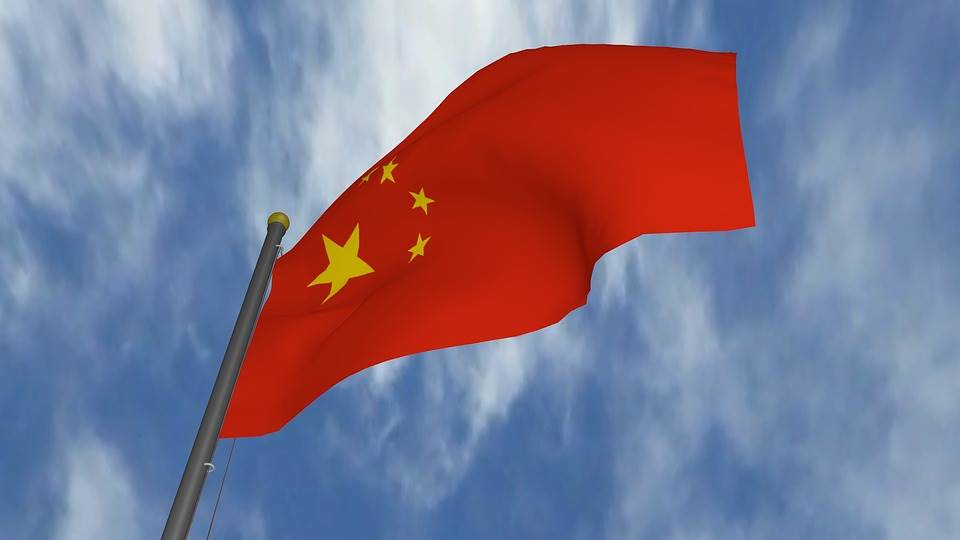 China's second-quarter GDP went down to a 27-year minimum, due to a slowing down demand caused by the trade feud with the United States. This data contrasts with the fact that June's retail sales and factory output went up (together with investment), though some analysts warned that this growth is not sustainable and that the Chinese will need to stimulate the economy.
China's second-quarter GDP went down to a 27-year minimum, due to a slowing down demand caused by the trade feud with the United States. This data contrasts with the fact that June's retail sales and factory output went up (together with investment), though some analysts warned that this growth is not sustainable and that the Chinese will need to stimulate the economy.
The economic growth went to 6.2% from 6.4% in the first quarter, as investors and analysts expect China to encourage consumption and investment.
Some analysts already foresee a cut in the banks' reserve requirement ratios, as it's "very likely as the authorities want to support the real economy in the long run." This was confirmed by the Chinese premier Li Keqiang at the beginning of this month, who also pledged not to use “flood-like” stimulus.
However, Chinese policymakers have already shown their preference for fiscal stimulus over monetary stimulus, as they already did massive tax cuts this year (worth $291 billion) and issued 2.15 trillion yuan in bonds to encourage infrastructure construction.
“Fiscal policy is likely to be in the driving seat and monetary policy will act in a supportive role in the coming months,” an analyst told Reuters.
Chinese exports and imports both went down in June according to data published this Friday. While exports fell by a (year-to-year) 1.3 percent, Imports went down by 7.3 percent. Together with this, at not-so-good data from the manufacturing sector showed the effects of the trade war on the Chinese economy.
To the upside, Fixed-asset investment went up in the first quarter by a year-to-year 5.8%, while Real State Investment rose 10.1% in June. Retail sales surged, going up by 9.8% as the industrial output jumped 6.3% (year-to-year).
Some analysts, however, prefer to be cautious about this positive data.
“The monthly data were better than expected... (But) we are skeptical of this apparent recovery given broader evidence of weakness in factory activity,” an analyst told Reuters, “Looking ahead, we doubt that the data for June will mark the start of a turnaround,” he added.
Asian Stock markets reacted positively to the announcement, as the MSCI’s broadest index of Asia-Pacific shares outside Japan went up by 0.2% after losing 1% last week.
In the Foreign Exchange Market, The Australian dollar reached a monthly high of $0.7033, while the dollar rallied against the Japanese yen at 108.04.
In the commodities market, the U.S. crude fell to $59.90 per barrel, while the Brent crude went down to $66.50. Gold went down to 1,410.01 per ounce.
